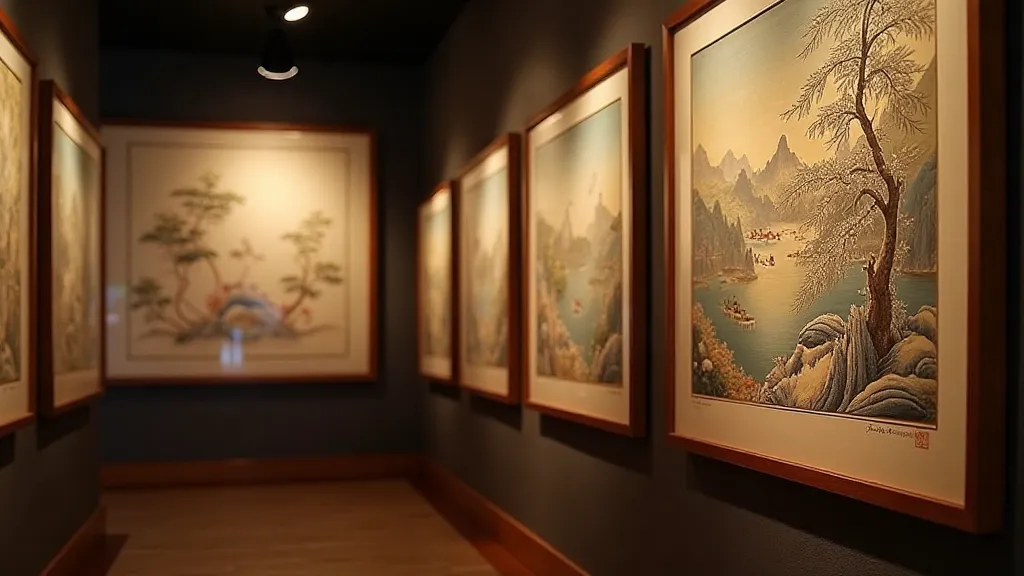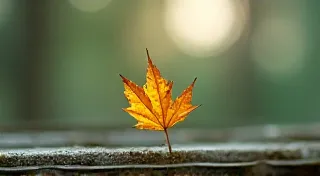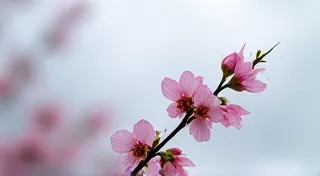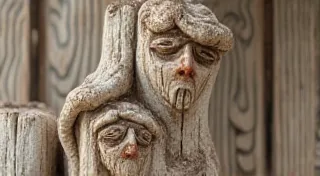The Gardener's Palette: Seasonal Influences in Mokuhanga Design
There’s a quiet hum that resonates through a traditional Japanese home, a subtle vibration often found near an antique accordion. It’s the echo of past melodies, of hands moving across keys, of moments preserved. That same feeling of reverence, of connection to the past, permeates the world of Mokuhanga, the Japanese woodblock printing technique. It’s a craft so deeply entwined with nature, so exquisitely tied to the rhythm of the seasons, that to understand Mokuhanga is to begin to understand a profound appreciation for the beauty and ephemerality of the natural world.
Unlike the Western tradition of wood engraving or Intaglio, Mokuhanga evolved with a unique set of materials and philosophies. The softness of Japanese cherry wood (sakura) became the preferred medium, allowing for a more fluid carving process. The water-based inks, a gentle contrast to the harsher oils common elsewhere, lent themselves to a delicate, translucent quality. And, crucially, the design philosophy leaned heavily on the observation and depiction of the seasons. To the artist, the garden wasn’t merely a backdrop; it was a living document, a source of endless inspiration.
My grandfather, a meticulous clockmaker, always used to say, "The finest work comes not from speed, but from patience and observation." I saw that principle embodied in every Mokuhanga print I encountered. Each leaf, each ripple of water, each falling snow flake – all demanded careful study before being translated into the careful dance of the carving knife and brush.
The Cycle of Inspiration: Seasons and Motifs
The Japanese calendar is steeped in seasonal festivals and observances, and these cultural milestones deeply influence Mokuhanga designs. Spring, with its ephemeral cherry blossoms (sakura), is perhaps the most celebrated. Prints often depict these blossoms in full bloom, their delicate pink hues symbolizing the fleeting nature of beauty and the inevitability of change. The feeling is joyful, hopeful, but tinged with melancholy – a reflection of the blossoms' brief reign. Understanding how artists attempt to capture that essence of transience often requires an appreciation for broader themes within Japanese artistic expression. For those interested, exploring Ephemeral Echoes: How Transient Beauty Shapes Mokuhanga Expression offers deeper insights.
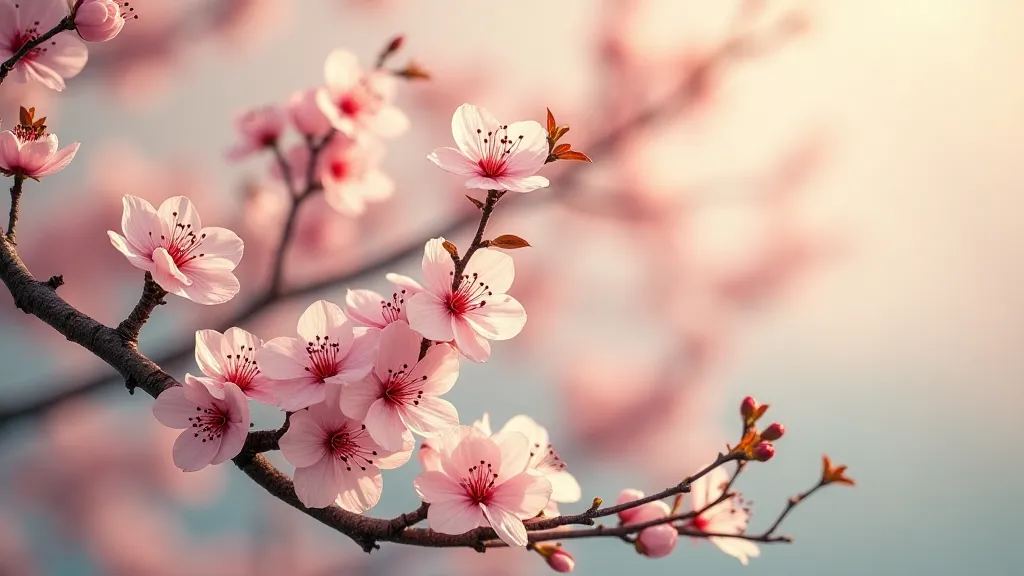
Summer brings a different energy – lush foliage, vibrant flowers, and the rhythmic pulse of cicadas. Designs often feature scenes of summer festivals, children playing, or landscapes bathed in the heat of the sun. The color palettes shift to embrace deeper greens and richer hues, reflecting the abundance of life.
Autumn, with its fiery maples and golden fields, evokes a sense of nostalgia and reflection. It’s a time for harvest and preparation for the coming winter. Mokuhanga prints from this season frequently depict landscapes painted in warm tones of red, orange, and yellow, often paired with a sense of stillness and quiet contemplation. The artistry involved in selecting and preparing the wood itself is a crucial element often overlooked; a closer examination of The Whispering Grain: Revealing Character Through Wood Selection in Mokuhanga reveals how this influences the final print.
Winter, the season of dormancy and introspection, finds its voice in minimalist landscapes depicting snow-covered fields, bare branches, and the subtle beauty of ice crystals. The color palette simplifies, dominated by whites, grays, and the occasional deep indigo, creating a sense of calm and solitude. It’s a stark beauty, a quiet resilience against the harshness of the season.
Beyond the Obvious: Subtle Nuances in Color and Technique
What’s truly remarkable about Mokuhanga is how artists go beyond simply depicting the visual aspects of the seasons. They translate the *feeling* of each season into the print. This is achieved not only through the choice of motifs but also through the careful manipulation of color and technique.
The layering of colors, achieved through a process called "tatara-zuri" – multiple applications of ink – is crucial. This technique allows for a subtlety of tone that is difficult to achieve in other printmaking methods. A single leaf isn’t simply printed in green; it’s built up from layers of yellow, green, and blue, creating a luminous quality that mimics the way light filters through foliage. The choices artists make when selecting inks and pigments significantly contribute to this luminous quality; further exploration of Color as Atmosphere: Evoking Mood through Aqueous Pigments will provide a greater understanding of this aspect.
The use of "oka-yuki," a powdered pigment applied to a damp layer of ink, creates a soft, textured effect reminiscent of snow or fog. The artist doesn’s simply depict snow; they evoke the *feeling* of coldness, of stillness, of the world muffled under a blanket of white.
Consider, too, the subtle use of "nobori-zuri" – applying ink with a brush rather than a brayer. This allows for a greater degree of spontaneity and allows the artist to capture the delicate nuances of nature with unparalleled precision. A single brushstroke can suggest the rustling of leaves in the wind, the ripple of water on a pond, the fragility of a single flower petal. The careful and deliberate application of ink—the flow and form—is an art in itself, and understanding this element can profoundly enhance one's appreciation for Mokuhanga’s beauty. Dive deeper into The River of Ink: Mapping Flow and Form in Mokuhanga Design for a comprehensive look.
The Craftsmanship and the Collector’s Eye
The creation of a single Mokuhanga print is a collaborative effort, typically involving a carver (horishi) and a printer (shokunin). The carver meticulously transfers the design onto the woodblock, using a specialized set of knives to carve away the areas that will not receive ink. The printer then carefully applies the ink to the block and transfers the image to paper using a traditional press. Each step requires immense skill and patience.
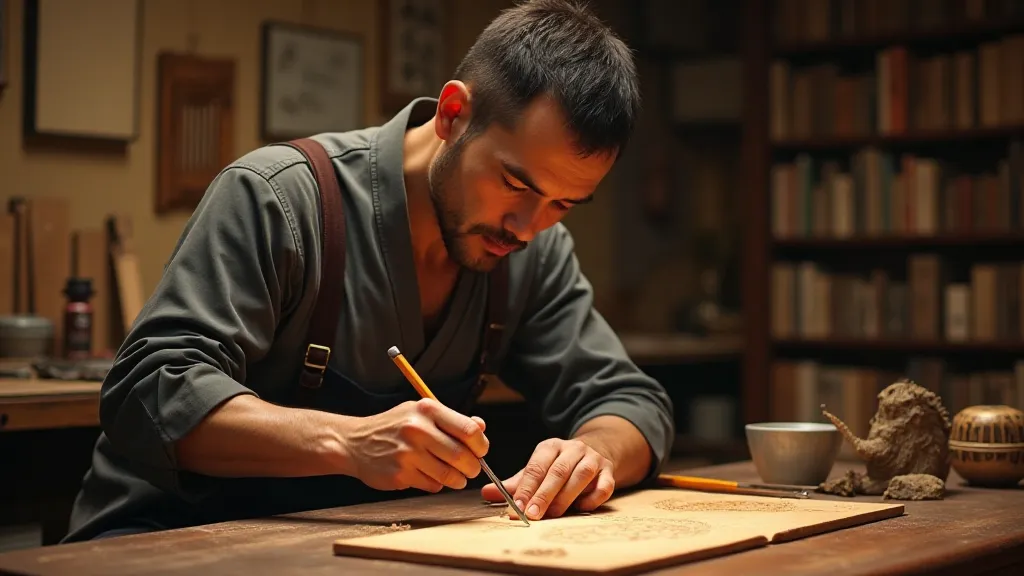
Original Mokuhanga prints, especially those created by renowned artists from the Shin-Hanga (New Print) movement of the early 20th century, are increasingly sought after by collectors. These prints represent not only a beautiful work of art but also a tangible link to a rich cultural heritage. However, it's important to note that many contemporary prints are created using traditional techniques, making it essential to research the artist and workshop to ensure authenticity.
Signs of age on a print, such as slightly yellowed paper or minor imperfections in the ink, aren’t necessarily detrimental; in fact, they can often enhance the print’s character and tell a story of its journey through time. The feel of the paper, the subtle variations in ink tone, the faint scent of age – these are all part of the experience of owning a genuine Mokuhanga print. They are tactile reminders of the artist’s hand and the enduring beauty of the natural world. Appreciating the subtleties of Mokuhanga requires not just an understanding of the artistic techniques but also an awareness of the materials and processes involved—factors that influence a print's character and authenticity.
The legacy of Mokuhanga extends beyond the simple act of printing, resonating with cultural values and artistic principles. It't a craft deeply embedded within Japanese history, carrying forward traditions and offering a unique perspective on the natural world. The collaborative nature of this art form – the interplay between the carver and the printer—is a key element of its unique beauty. The painstaking detail involved demands a profound respect for tradition and a willingness to embrace patience and observation—qualities that are increasingly rare in our fast-paced world. Preserving this heritage requires not only supporting contemporary Mokuhanga artists but also fostering an understanding and appreciation of the craft’s rich history and cultural significance. It’s a testament to the enduring power of art to connect us to the past, to inspire us in the present, and to offer a glimpse of beauty that transcends time.
Like the quiet hum of an antique accordion, Mokuhanga resonates with a timeless beauty – a reflection of the seasons, a testament to the enduring power of craftsmanship, and a profound appreciation for the delicate balance of nature. To engage with Mokuhanga is to step into a world of tranquility, a place where the gardener’s palette truly comes alive.
